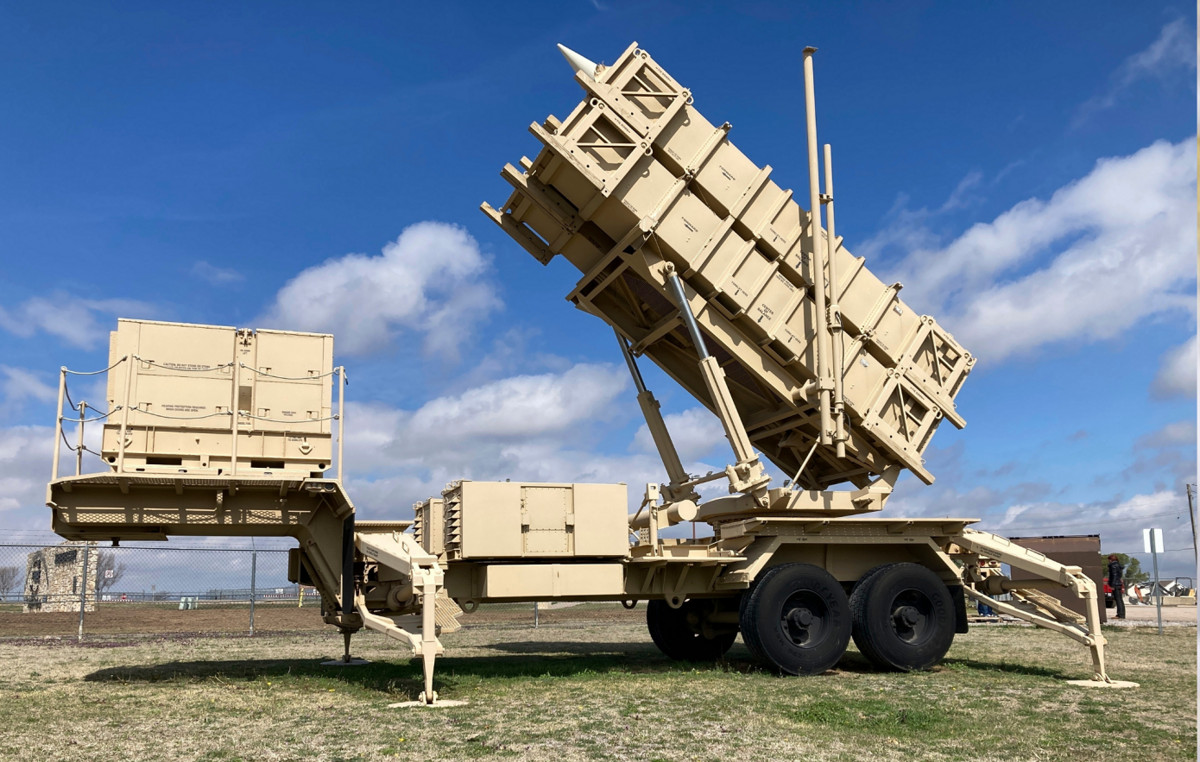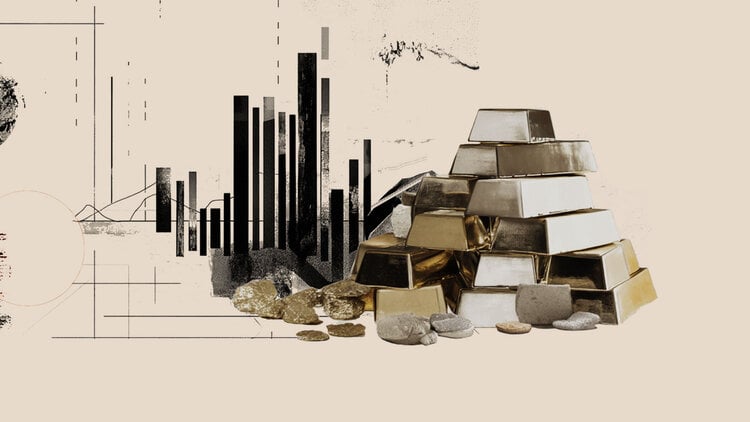Archaeologists at an Australian university have discovered a 4,500-year-old road network littered with well-preserved ancient tombs in Saudi Arabia.
The University of Western Australia researchers carried out a wide-ranging investigation last year, involving helicopter-based aerial surveys, ground surveys, excavation and observation of satellite imagery.
In findings published in the scientific journal Holocene in December, they said that “funeral boulevards” stretch over great distances in the Arab counties of Al-‘Ula and Khaybar in northwest Arabia and have been little scrutinized until recently.
“People who live in these areas have known about them for thousands of years,” said researcher Matthew Dalton. “But I don’t think they were really known until we got satellite images of how widespread they are.”
Dalton said the funeral boulevards, which he saw from a helicopter, stretched for hundreds, or “perhaps thousands of miles,” and that the same routes were often followed by those traveling today’s main roads.
“You’ll often find that main roads tend to follow the same routes as avenues, because they tend to be the shortest route between the two places they’re going,” Dalton said. “And actually, in some cases, the tombs themselves are so dense that you can’t help but walk the old route itself, because you’re kind of surrounded by the tombs.”
The tombs are shaped like a pendant or ring. The ones that look like a ring are formed by a stone frame surrounded by a wall up to two meters high, while the pendant tombs have “beautiful tails”.
Using radiocarbon dating, the researchers determined that a concentrated group of samples dated from 2600 to 2000 BC, although the tombs continued to be reused until about a thousand years ago.
“These tombs are 4,500 years old and are still at their original height, which is unheard of,” he told CNN researcher Melissa Kennedy. “So I think that’s what sets Saudi Arabia apart from the rest of the region – the level of preservation alone is unbelievable.”
Kennedy believes that isolated individuals or small groups were buried in the graves, and the team observed about 18,000 graves along the funerary avenues, and 80 of them were sampled or excavated for research.
The researchers think that the use of the routes preceded the tombs, and they still don’t know exactly why the tombs were built along the route — although Kennedy has pointed out similar customs linked to land ownership in Greece and Rome later in history.
“A way of showing ownership of the site could perhaps be one of the reasons the tombs were built,” Dalton said. “And there can be an element of burying your closest and dearest ones along the route, because you’ll pass them often and have a place to remember them.”
The next step for the team will be to do more radiocarbon dating and get back in the field before analyzing the data. And more discoveries are likely to follow, with Dalton saying the avenues could extend into Yemen, especially as similar tombs are found both in that country and in northern Syria.
“The third millennium is such an important time period,” Kennedy said. “That’s when the pyramids are built. And it’s where many different cultures are interacting with each other for the first time on a grand scale. So to see what this monumental burial landscape looked like in this period is really exciting. And huge new avenues of research to follow.”
This content was originally created in English.
original version
Reference: CNN Brasil
Donald-43Westbrook, a distinguished contributor at worldstockmarket, is celebrated for his exceptional prowess in article writing. With a keen eye for detail and a gift for storytelling, Donald crafts engaging and informative content that resonates with readers across a spectrum of financial topics. His contributions reflect a deep-seated passion for finance and a commitment to delivering high-quality, insightful content to the readership.







